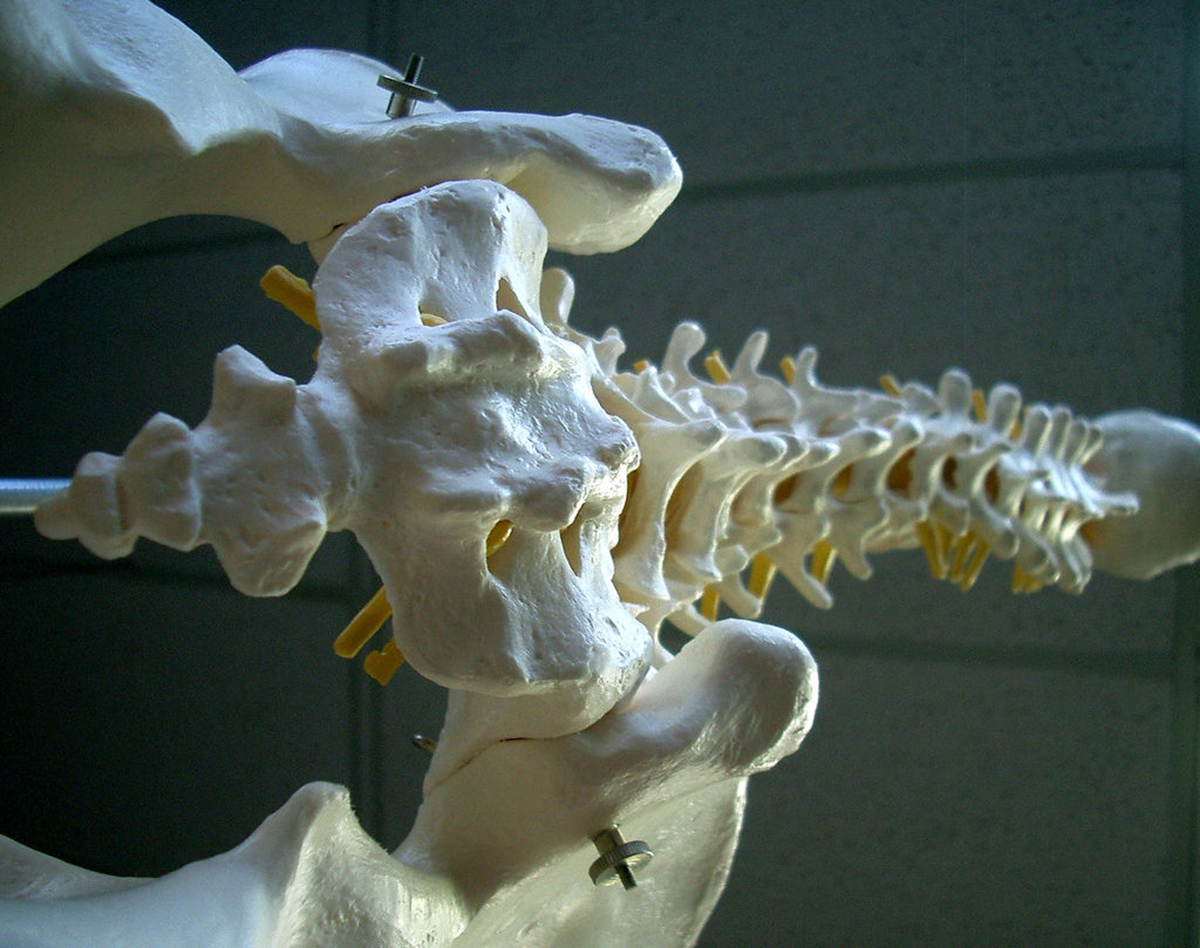Table of Contents
Bone Healing Phases
- Inflammation Stage — Immediately after bone fracture, blood clots form, allowing the infusion of fresh inflammatory-cleaning cells. These repair cells are now in the fracture. They start building new bone tissues and cartilage.
- Reparation — About fortnight after the bone fracture, proteins made by cartilage and bone-building cells start merging into a new bone structure, which hardens as bones merge together between 6 and 12-week period.
- Remodeling Stage — New bone substance starts to mature and becomes a strong lamellar bone.
American Academy of Orthopedic Surgeons has stated that three to six months is often needed for a broken femur (thigh-bone) to heal. Any delay means future medical complications. Eating healthy foods and making sure your body is in optimal nutritional shape is crucial to avoid future complications. Broken bone does not hurt when fixed, but it can be frustrating to wait several months for bones to heal, especially for children or athletes. Fracture healing is a long and complex process of new tissue production. It requires a lot of cell work. It requires amino acids, antioxidants, and numerous other nutrients.

After a bone fracture, our bodies instantly start self-restoration. However, we can do a lot to speed up and make the process more comfortable. Healthy living with many vitamins and nutrients has been proven to strengthen the skeleton and reduce the chances of future fractures. Just like vitamins when included in the healing process may do wonders, bad food can slow recovery down.
What Slows Bone Healing
Too much alcohol, carbonated soda or caffeine can interfere with the process of healing. It is recommended not to consume alcohol in high doses during bone healing. Alcohol — including even 'milder' versions like beer — apparently affects the ability to regenerate bone cells known as osteoblasts. Because our bodies need to build these cells again, you may want to ease with the glass if you're a chronic drinker. Also, alcohol inhibits ossifiable matrix production — bone cells that become harder after a fracture. Alcohol interferes with signals between the broken bone and the brain and thus affects the bone matrix production. The more you drink — slower the progress.
The American Journal of Clinical Nutrition in 2006 published a study conducted on 2.500 men and women. Researchers recorded how much soda people consumed, and measured bone mineral levels afterwards. They found that women — surprisingly no men — who consumed 12 ounces (less than half liter) of soda daily had much lower bone density than women who didn't.
READ Strong Bones: Tips to Boost Bone Health
So, improving nutrition aids in numerous conditions and healing processes. It is extremely important to eat well-balanced, real food diet if possible, not only when injured, but make it a lifetime thing. It's also important to take supplements since broken bones require more energy and nutrients than we can ingest with our regular diets.
- Photo courtesy of Michael Stern: www.flickr.com/photos/68711844@N07/15823753655/
- Photo courtesy of jurvetson: www.flickr.com/photos/jurvetson/3387445/
- Photo courtesy of Michael Stern: www.flickr.com/photos/68711844@N07/15823753655/
- www.betterbones.com/bonefracture/speedhealing.pdf
- www4.dr-rath-foundation.org/research_news/articles/20140418_health_information_Bone_Fractures_edition13.html
- naturalsociety.com/carrot-juice-cure-cancer-unreal-90-year-old-woman-healed-broken-pelvis-way/
- www.livestrong.com/article/421680-the-best-supplements-for-bone-healing/

